BONUS OFFER: Get your free shooting range targets to print at home!
Get your free targets to print at home!
Why a G26?
The Glock 26 was introduced in 1995 primarily for the civilian market as a conceal-and-carry weapon. The Glock 19 was functional for conceal and carry, but was a bit bulky. The G26 offered a shorter handle with a two finger grip. It has a smaller frame with a shorter barrel and slide. This makes it the ideal everyday carry weapon. The gun packs a full 10 rounds in the standard magazine and 12 rounds in an extended magazine. It also can take the magazines from just about any other Glock you might have allowing up to a 33 round capacity. This weapon is still plenty powerful for self-defense, but fits perfectly in an interior waistband holster for concealment. There is very little printing, so most people will not know you are carrying. This brings us to the Glock 26 Gen 4 vs Gen 3.Previous Generations
To give you a point of reference for your comparison of the Glock 26 Gen 3 versus Gen 4, I will detail what you get with the first rounds of Glock 26 produced. The initial model came with a rounded dust cover and a grip that was barely roughened and wrapped all the way around the handle. The magazine was built out of plastic with an interior metal frame, and the barrel profile was much narrower. The side panels of the handle were slightly raised for a wider rear profile. The front and back straps are straight and have a rough, checkered texture. A third cross pin was added to the assembly to help the polymer frame handle the force created by the locking block. The trigger mechanism was the 15 degree slanted version that is still in use today.Popular Articles
Generation 3 Improvements
In 1998 Glock started making modifications to what they called Gen 3 models. These modifications were mainly for versatility purposes. In my opinion, the most functional change was the addition of the accessory rail to the frame. Glock calls this their Universal Glock Rail, and it is ideal for mounting laser sights or tactical lights to your firearm. For home defense purposes, these are two of the most popular modifications you can make to a Glock. My father is a rookie handgun owner and already has a tactical light on his firearm. Many Gen 3 models included a new modified extractor that serves as a loaded chamber indicator. This is a nice additional safety and convenience feature. Modifications were made to the locking block including enlarging the block itself and adding an additional cross pin to help distribute force produced by the block. Additional colors were now available for the frame including black, flat, earth, or olive. Also, bright colored frames started being used for dummy or simulation pistols. This is just an additional safety feature for trainers using these tools. The Gen 3 added thumb rests and finger grooves on both sides of the gun to help guide your hand into a correct shooting position. This list of features should give you a baseline for the comparison of the Glock 26 Gen 3 vs Gen 4.Generation 4 Improvements
The Gen 4 models were rolled out at the 2010 SHOT Show. The improvements focused on reversible features and on ergonomics. Various backstraps of different sizes were now available and a punch was provided to remove the factory trigger housing pin. This allows users to insert the longer cross pin needed for the medium and large backstraps. The modification increased the trigger distance by 2mm. The standard grip size for the Gen 4 is smaller than the Gen 3. However, with the medium backstrap inserted the grips are identical in size. In addition, checkering was added to the grip texture and the frame was given a rough texture as well. The magazine release catch was made larger and became reversible for left-handed users. Two additional notches were added to the other side of the magazine to allow users to reverse the catch. All Glock 26 models came factory fitted with a dual recoil spring assembly that increases service life and reduces the feel of recoil. In other Glock models this feature was only added to Gen 4 versions. The front portion of the polymer frame is internally enlarged and widened and the barrel shelf and slide were resized to accommodate the spring assembly. Unique to the Glock 26 Gen 4 was a modified trigger mechanism housing to fit the smaller sized grip space. Now you have the list of modifications to compare the Glock 26 Gen 3 versus Gen 4.BONUS OFFER: Get your free shooting range targets to print at home!

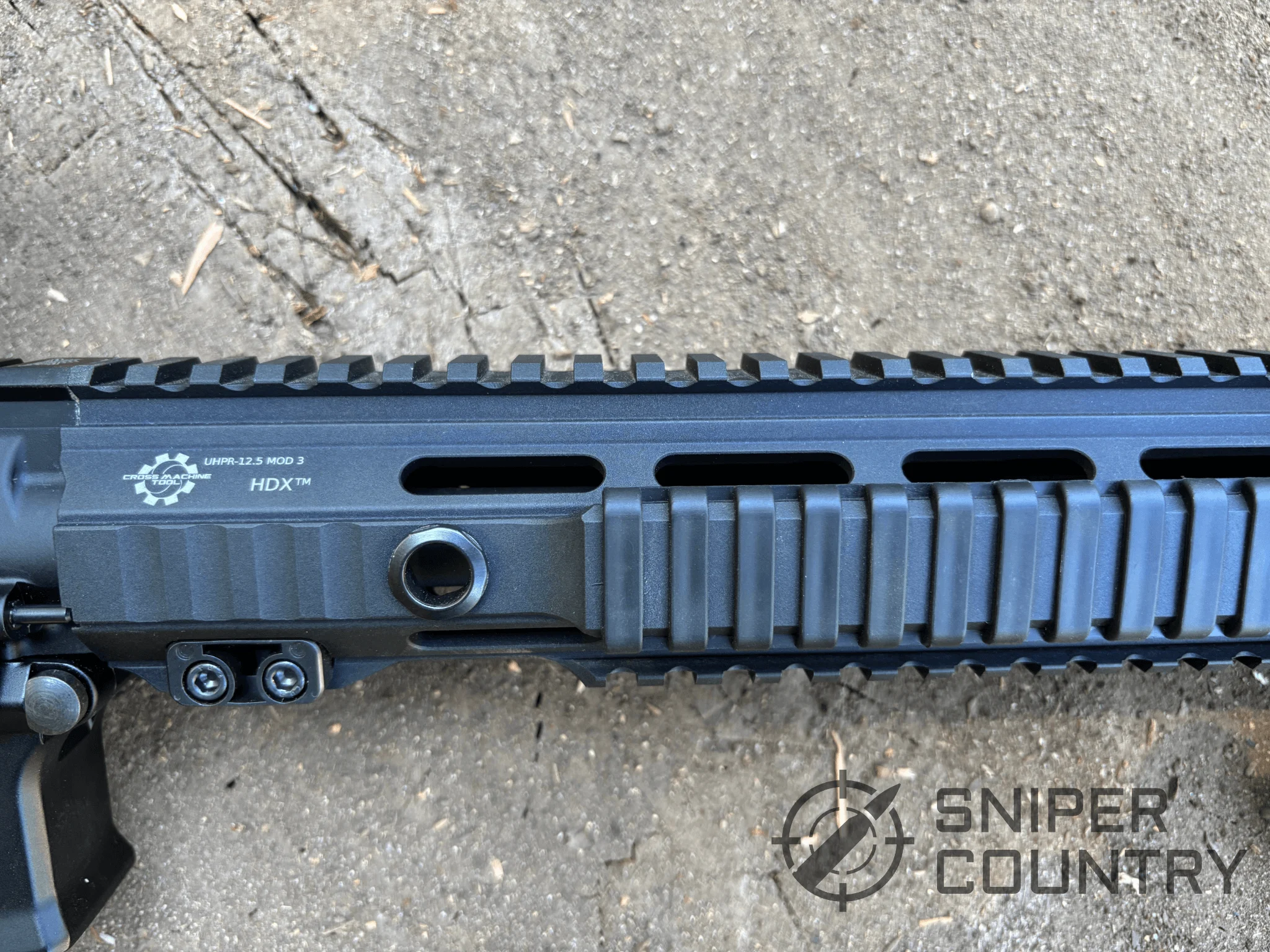
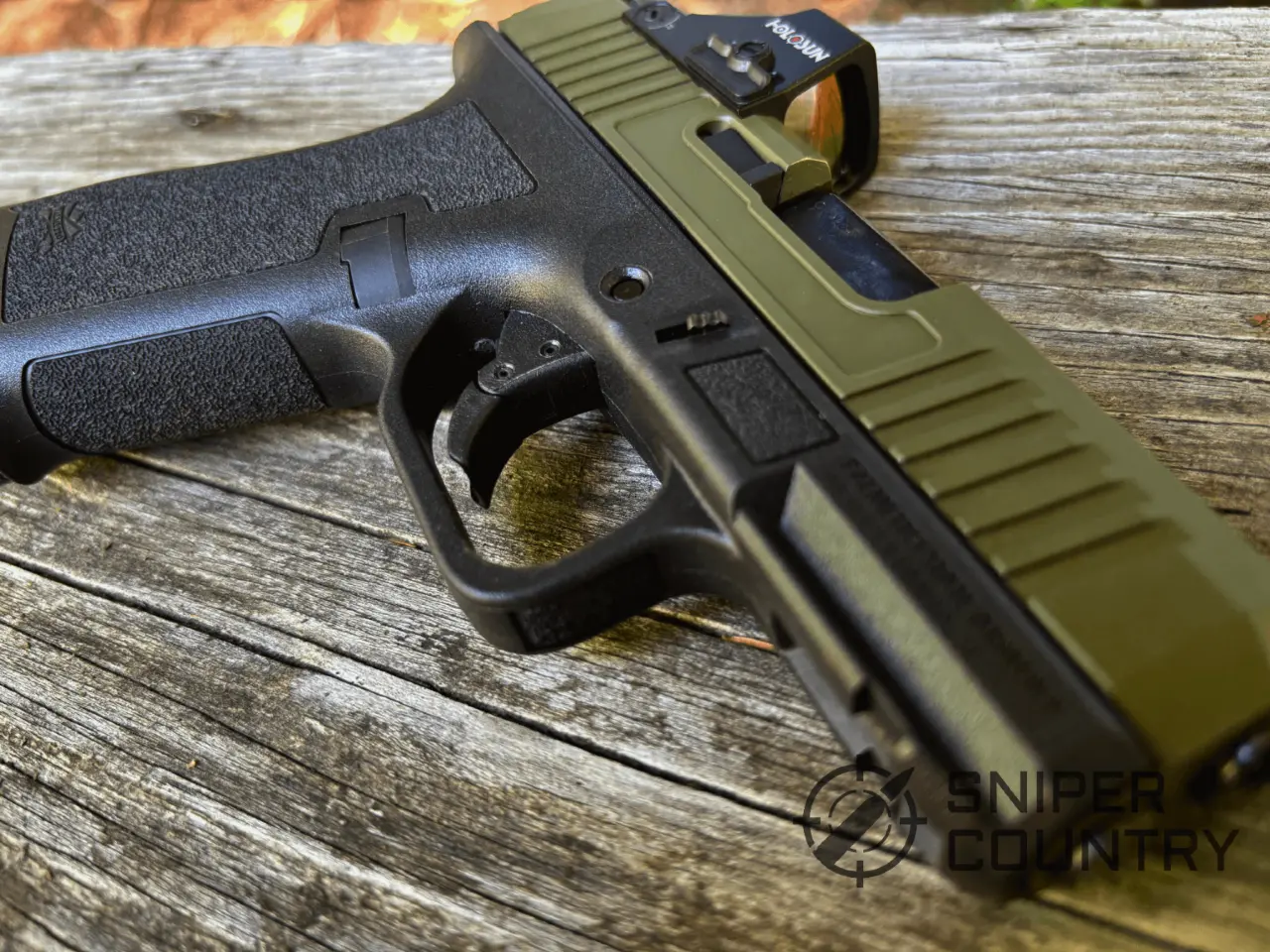
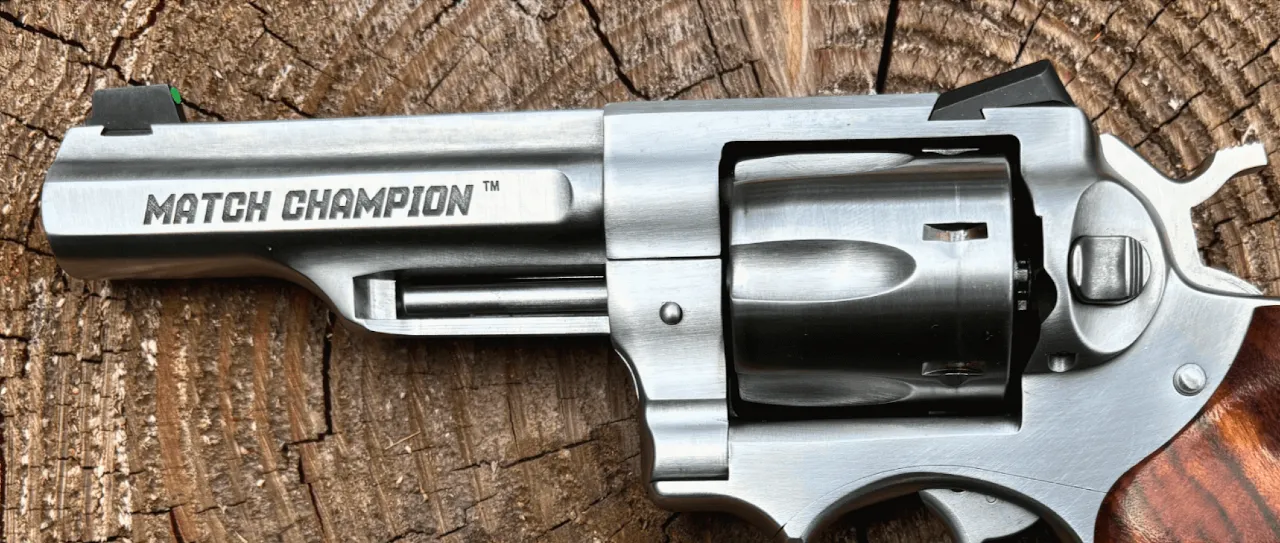



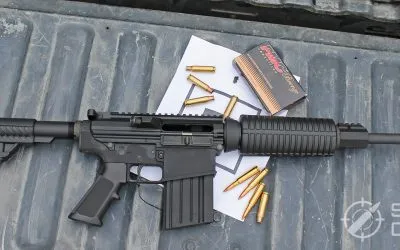


![9mm Glock Models [Ultimate Guide]](https://snipercountry.com/wp-content/uploads/2018/10/Glock-17-vs-Glock-19-vs-Glock-26-vs-Glock-41-vs-Glock-43-WM-400x250.webp)
![Handgun Caliber Chart [2025 Ultimate Guide]](https://snipercountry.com/wp-content/uploads/2018/10/Handgun-Caliber-Comparison-400x250.webp)
![Rifle Calibers [Ultimate Guide]](https://snipercountry.com/wp-content/uploads/2018/12/Header-1900-400x250.webp)




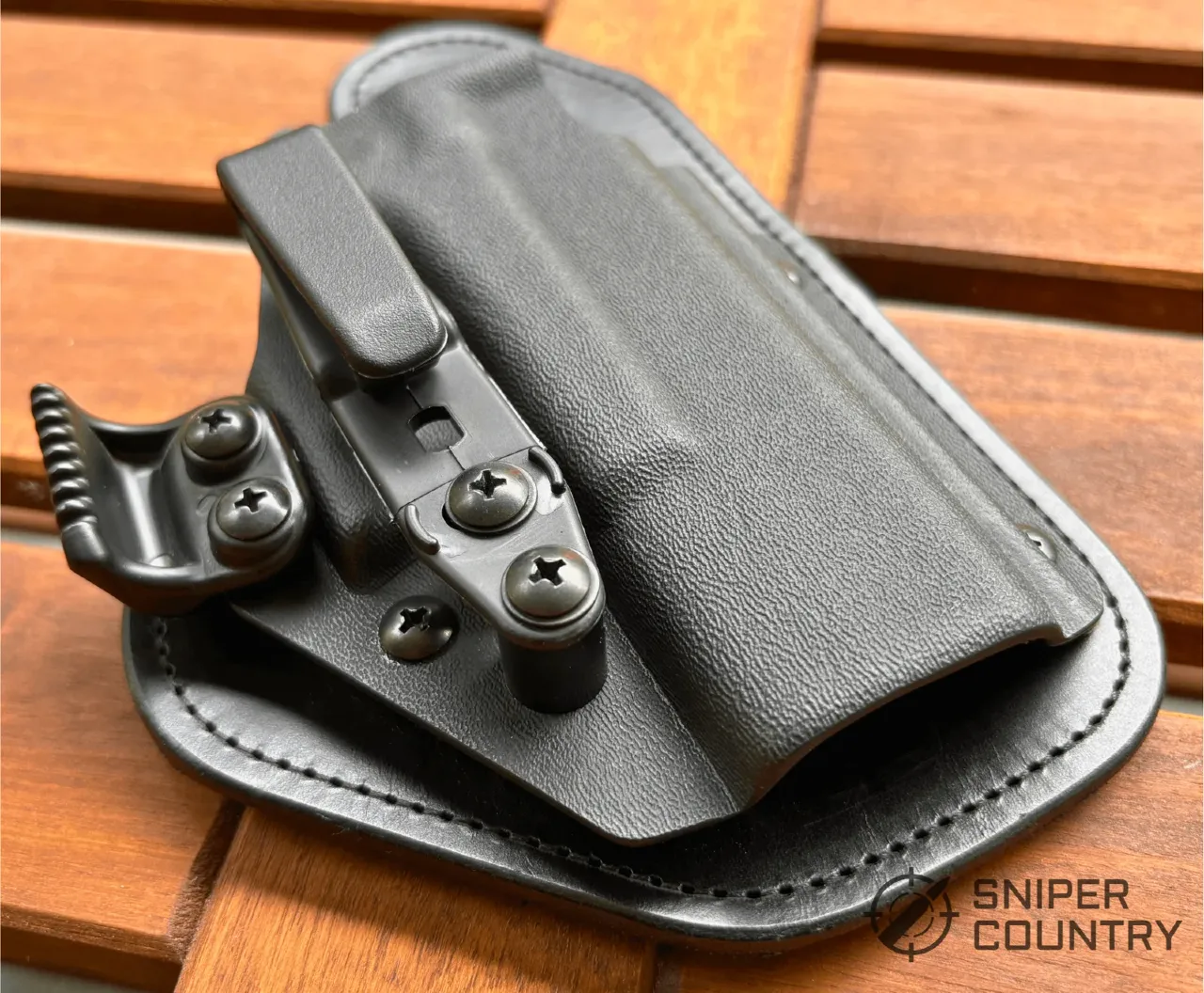
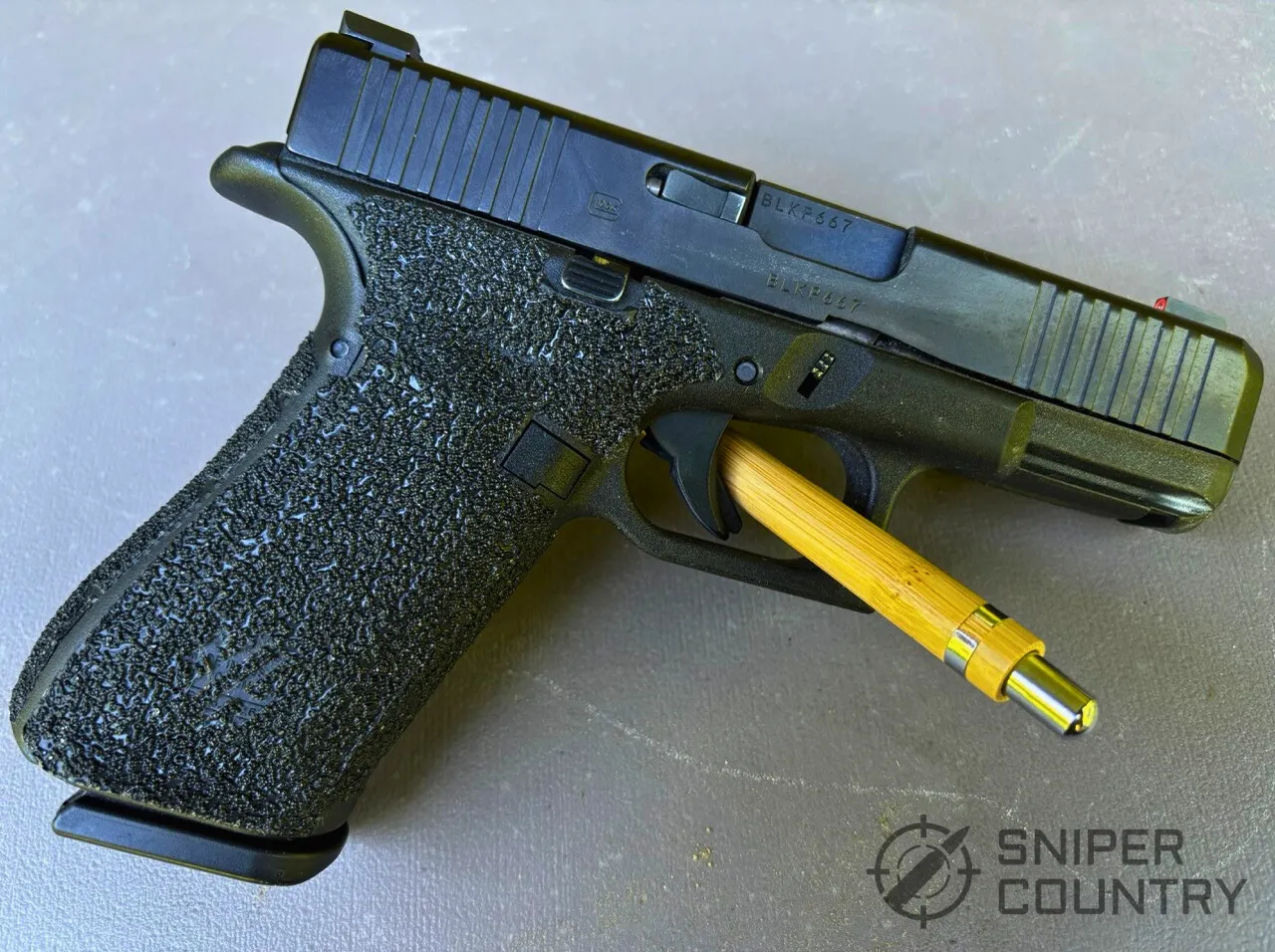
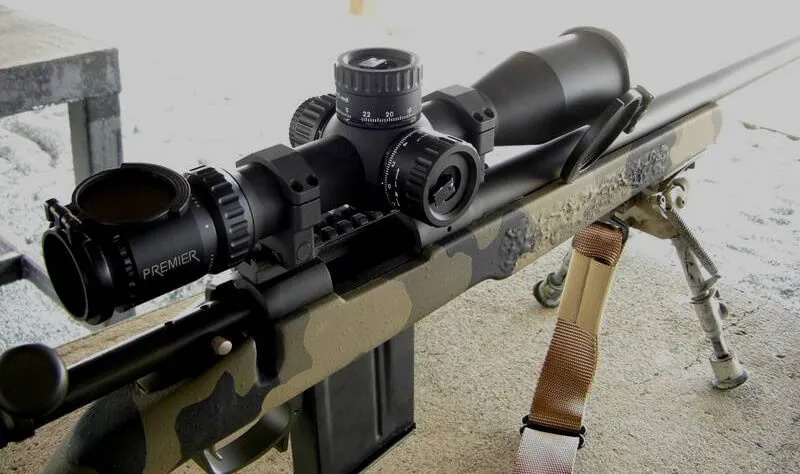
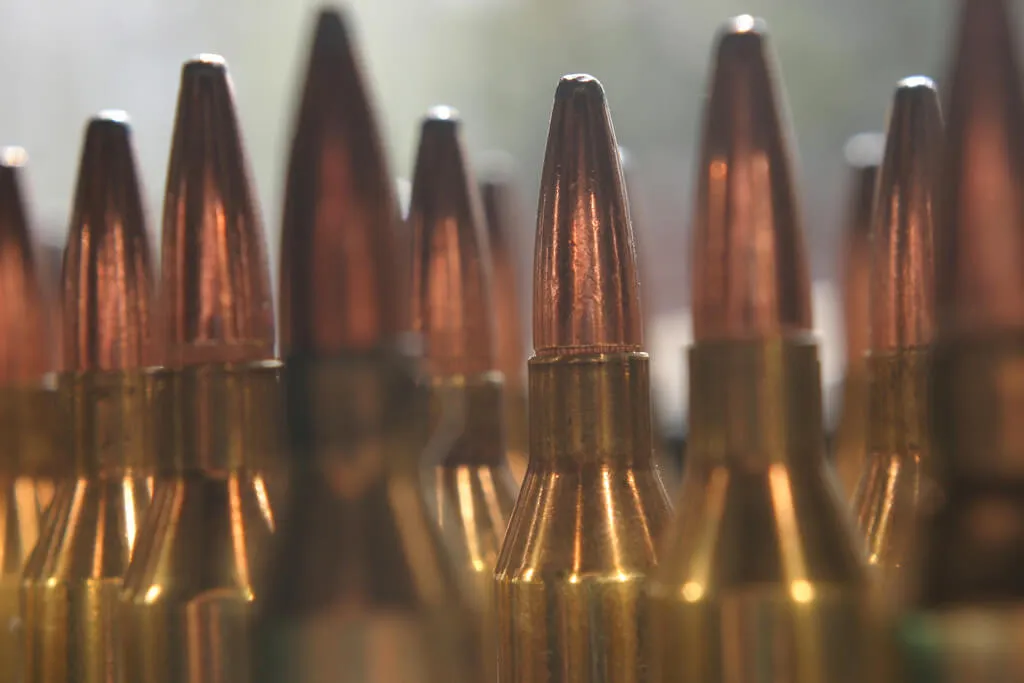

2 Responses
The G26 Gen3 offers great value for money –
My Gen 4 G26 DOES NOT have a frame based rail for accessories. The Gen 5 doesn’t either, and I wonder if the Gen 3 had one. One can get a trigger guard based light or a rail that clamps to the trigger guard for other lights. I think a rail would be nice, but for a concealed carry gun that’d likely be used on targets in relatively close quarters it doesn’t seem necessary and would decrease concealability. I agree that a light is necessary for a duty or home defense gun, and if a consumer has only 1 gun where concealed carry is a goal that doubles as a home defense weapon one of the new smaller micro-compacts with a rail might be more attractive.